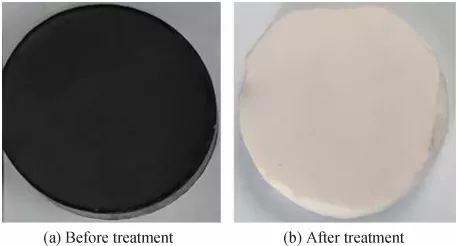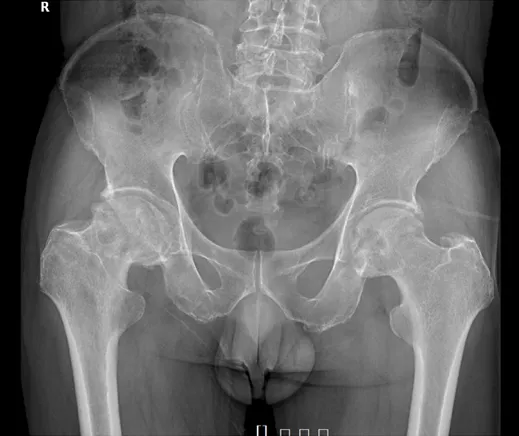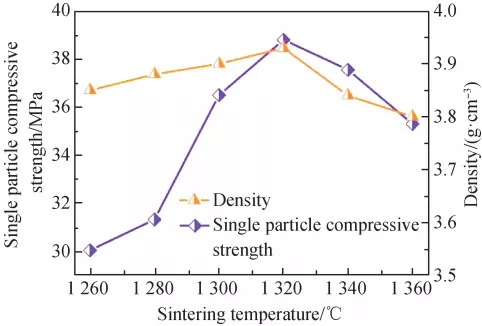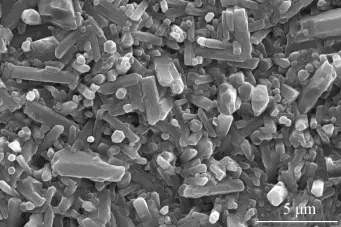Abstract: Stereolithography ( SLA), as one of the main methods of 3D printing of SiC ceramics materials, has a wide range of applications. In this paper, the experiments of debinding and reactive melt infiltration (RMI) were carried out on the SiC prepared by stereolithography. The sintering characteristics of the SiC were studied through the changes of density, strength, shrinkage, and microstructure. The results show that, the shrinkage of the sample is low after debinding, especially along the additive direction, which is only 0. 88% . The strength of the sample after debinding is 0. 26 MPa. The residual pyrocarbon (PyC) formed by the UV resin is connected with SiC particles in a network structure. The pyrocarbon locally breaks and microcracks appear along with the printed layers. The residual pyrocarbon reacts with silicon to form β-SiC after reactive infiltration and the silicon fills the pores and microcracks. The density of the sample is 2. 79 g/cm³, and the bending strength is 183. 99 MPa.
Key words: stereolithography; SiC; reactive melt infiltration; 3D printing; microstructure; mirror
Declaration: This article is provided by CERADIR™ users or obtained from Internet, the content does not represent the position of CERADIR™. We are not responsible for the authenticity/accuracy of the article, especially the effects of the products concerned. This article is for study only, it does not constitute any investment or application advice. For reprinting, please contact the original author. If it involves the copyright and/or other issues, please contact us and we will deal with it asap! CERADIR™ has the interpretation of this declaration.







